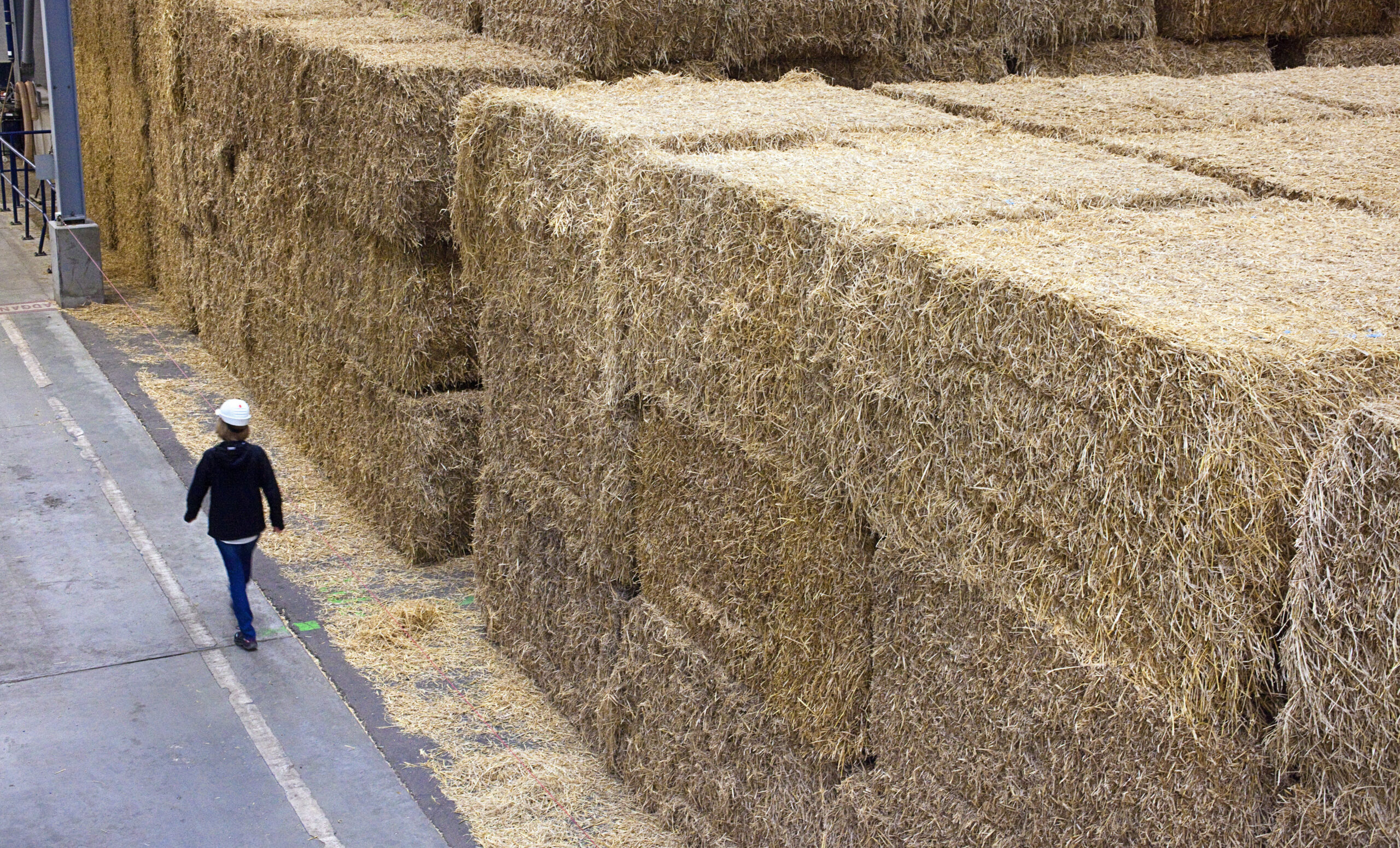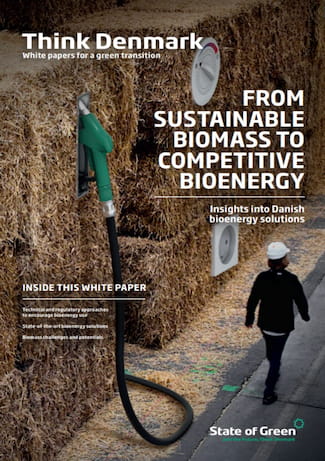Download our publication on bioenergy today
This article is part of our publication ‘Bioenergy’.
Download nowPerspective
Biogas
Biomass


Before the first oil crisis in 1973, the Danish energy sector had little experience with centralised political energy regulation. The Danish Energy Plan from 1976 took the first steps in transforming the energy system and functioned as a safeguard against a potential supply crisis, as more than 90% of
the Danish energy demand came from oil. The following Energy Plan 81 (1981) continued to focus on reducing fuel imports to ensure long-term security of supply, but also gave high priority to socio-economic and environmental considerations. Following Energy Plan 81, the first subsidy schemes were implemented, which aimed at the utilization of straw and wood chips,making biomass a competitive fuel through an increased taxation of fossil fuels.
On 14 June 1993 the Danish Parliament made an agreement concerning increased use of biomass in the energy supply sector. A vital element of the agreement stipulated that the centralised electrical power plants were obliged to buy 1.4 million tonnes of biomass per year, including at least 1 million tonnes of straw. The agreement resulted in a significant shift towards substituting coal-based CHP plants with biomass-based CHP plants. Furthermore, the biomass agreement meant that biomass based CHP generation got a higher priority in many local areas, including areas with natural gas.
Today, bioenergy is the most used renewable energy source in Denmark covering more than 75% of the total Danish renewable energy consumption. The bulk of the bioenergy production in Denmark is used for heating. Almost half of Denmark’s district heating is produced from biomass and bio-degradable waste and 11.5% of the electricity generation in 2013 was biomass-based. Today there are more than 250 biomass plants supplying Denmark
with sustainable energy. Whereas straw, firewood and biodegradable waste used to be the primary source of biomass in Denmark in the 1980s and 1990s, there has been significant shift towards using wood chips and wood pellets as well as straw because these sources are the most price competitive. Today, more than 60% of biomass for energy derives from wood materials of which a significant part is imported.
With the approval of the Renewable Energy Directive (RE Directive) in 2009, Denmark committed to ensure that 30% of its energy consumption derives from renewable sources in 2020. Nonetheless, estimates show that Denmark will reach around 35% renewable energy in 2020 of which more than half will be produced from biomass. Denmark more than doubled its bioenergy consumption in the last decade and is expected that the total biomass consumption will further increase from 136.5 PJ in 2012 to 173 PJ in 2020.
The renewable energy transition that Denmark has made is now also being shared with other countries through bilateral government-to-government cooperations. The experiences that Denmark is providing assist growth economies such as China, Mexico, Vietnam, South Africa and Indonesia in transforming their energy system towards a green and sustainable energy system that can substitute the use of fossil fuels.

This article is part of our publication ‘Bioenergy’.
Download now